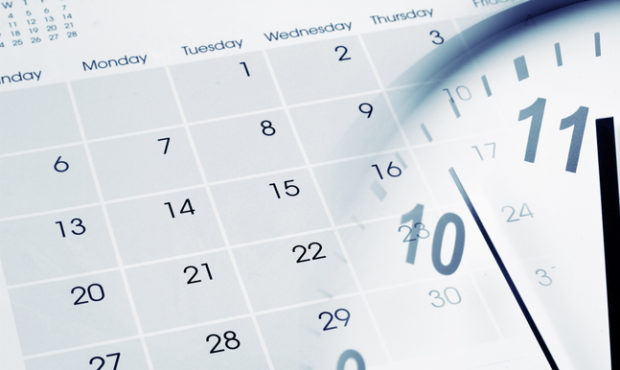
- How to make a background picture permanent how to#
- How to make a background picture permanent windows#
Here is an excellent example of overlay effect from the Airbnb website.

background-image and background CSS properties to add image and linear-gradient overlay effect.In short, CSS overlay effects are achieved by using the following: One of the simplest ways to add image or text overlay is using CSS properties and pseudo-elements.

In the File Explorer window, with your new folder showing, click File > Open Command Prompt, and then choose “Open command prompt as administrator” to open the Command Prompt at your current location.Īt the Command Prompt, type (or copy and paste) the following command and hit Enter: ren *.* *.Image overlay is the technique of adding text or images over another base image. The easiest way to do that is with the Command Prompt. In the new folder with the copied files, you’re now going to rename all the files to include a JPG extension.
How to make a background picture permanent windows#
This is just because you’re moving them from a system folder and Windows doesn’t recognize the file types (since no extensions are assigned). When you do this, Windows will warn you that some of the files may be harmful to your computer. Just create a new folder anywhere you like, select all files in the Assets folder (Ctrl+A is the quickest way), and then copy them to the new folder. Instead of working with these files directly in the Assets folder, you’re going to copy them somewhere else. Some of these are the image files you’re looking for many are not. In the folder, you’re going to see a whole bunch of files with long, meaningless file names and no extensions. Note that the %userprofile% part of that path automatically jumps you to the user folder for the currently logged in user (by default at C:\Users\ ). Next, navigate to the following folder (or just copy the path below and paste it into the File Explorer address bar): %userprofile%\AppData\Local\Packages\_cw5n1h2txyewy\LocalState\Assets In File Explorer, switch to the View tab, click “Show/hide,” and then enable the “Hidden items” check box. First, you’ll need to make sure you’re seeing hidden folders. When you see something you like, just click “Like what you see?” and then click “I want more!” to see more images like the current one in the future.Īfter Windows has had time to save up a few Spotlight images, you can find them buried in your user folder. On the lock screen, you can nudge Spotlight towards the types of images you enjoy. When you first turn on Spotlight, it will take a few restarts (or returns to the lock screen) to build up some images in your cache.

In the Personalization window, select the “Lock screen” tab and then on the Background drop-down menu, choose “Windows spotlight.” Just click Start and then choose Settings (or hit Windows+I). On the Settings screen, click Personalization. If you’ve turned Spotlight images off (or you’re just not sure), it’s easy to turn them on again.
How to make a background picture permanent how to#
RELATED: How to Disable Ads on Your Windows 10 Lock Screen First: Enable Spotlight Images on the Lockscreen You can actually set background images for your login screen separately. Also note that we’re talking here about background images for the lock screen–that page you have to click or slide out of the way to get to the login screen. Many of you may have disabled Spotlight images on your lock screens because Microsoft will slip the occasional ad in there, but if you haven’t, you’ll notice that the ads are pretty rare, and the Spotlight images are often really nice.


 0 kommentar(er)
0 kommentar(er)
